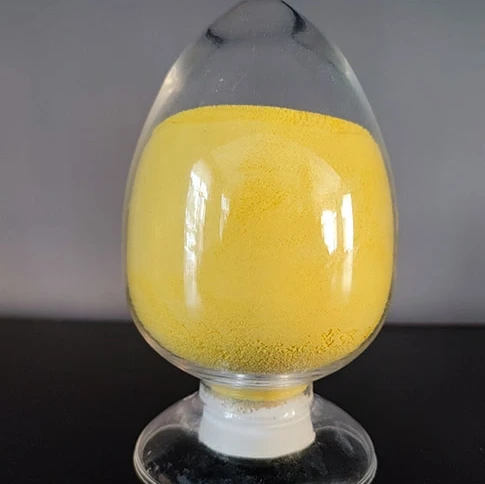Warning: Undefined array key "title" in /home/www/wwwroot/HTML/www.exportstart.com/wp-content/themes/1198/header.php on line 6
Warning: Undefined array key "file" in /home/www/wwwroot/HTML/www.exportstart.com/wp-content/themes/1198/header.php on line 7
Warning: Undefined array key "title" in /home/www/wwwroot/HTML/www.exportstart.com/wp-content/themes/1198/header.php on line 7
Warning: Undefined array key "title" in /home/www/wwwroot/HTML/www.exportstart.com/wp-content/themes/1198/header.php on line 7
- Afrikaans
- Albanian
- Amharic
- Arabic
- Armenian
- Azerbaijani
- Basque
- Belarusian
- Bengali
- Bosnian
- Bulgarian
- Catalan
- Cebuano
- China
- China (Taiwan)
- Corsican
- Croatian
- Czech
- Danish
- Dutch
- English
- Esperanto
- Estonian
- Finnish
- French
- Frisian
- Galician
- Georgian
- German
- Greek
- Gujarati
- Haitian Creole
- hausa
- hawaiian
- Hebrew
- Hindi
- Miao
- Hungarian
- Icelandic
- igbo
- Indonesian
- irish
- Italian
- Japanese
- Javanese
- Kannada
- kazakh
- Khmer
- Rwandese
- Korean
- Kurdish
- Kyrgyz
- Lao
- Latin
- Latvian
- Lithuanian
- Luxembourgish
- Macedonian
- Malgashi
- Malay
- Malayalam
- Maltese
- Maori
- Marathi
- Mongolian
- Myanmar
- Nepali
- Norwegian
- Norwegian
- Occitan
- Pashto
- Persian
- Polish
- Portuguese
- Punjabi
- Romanian
- Russian
- Samoan
- Scottish Gaelic
- Serbian
- Sesotho
- Shona
- Sindhi
- Sinhala
- Slovak
- Slovenian
- Somali
- Spanish
- Sundanese
- Swahili
- Swedish
- Tagalog
- Tajik
- Tamil
- Tatar
- Telugu
- Thai
- Turkish
- Turkmen
- Ukrainian
- Urdu
- Uighur
- Uzbek
- Vietnamese
- Welsh
- Bantu
- Yiddish
- Yoruba
- Zulu
Aug . 12, 2024 15:06 Back to list
Exploring the Relationship between Xanthan Gum and Gluten for Healthier Recipe Alternatives
Xanthan Gum and Its Gluten-Free Properties
In recent years, the demand for gluten-free products has surged dramatically due to the rising awareness of celiac disease and gluten sensitivity. Amid the list of alternatives utilized in gluten-free baking and cooking, xanthan gum has emerged as a crucial ingredient for ensuring texture and consistency. Understanding xanthan gum, its origins, and its role in gluten-free diets is essential for those navigating this culinary landscape.
Xanthan Gum and Its Gluten-Free Properties
Gluten, a protein found in wheat, barley, and rye, provides the characteristic chewy texture and structure in traditional baked goods. For individuals with celiac disease or non-celiac gluten sensitivity, consuming gluten can lead to severe health issues. This creates a pressing need for effective gluten substitutes that can replicate the qualities of gluten in cooking and baking. Xanthan gum fits this need perfectly by offering similar functional properties without introducing gluten into the diet.
xanthan gum have gluten

When used in gluten-free flour blends, xanthan gum plays a vital role in binding ingredients together, which helps to trap air during the baking process. This aeration contributes to a favorable rise and improves the overall texture of the final product. In the absence of gluten, the inclusion of xanthan gum becomes essential to prevent baked goods from becoming crumbly or dry. Typically, the recommended amount of xanthan gum is about 1 teaspoon per cup of gluten-free flour, but this can vary depending on the specific recipe and other ingredients involved.
Another advantage of xanthan gum is its versatility. It can be used in various recipes, including not only baked goods like bread, cookies, and muffins but also in sauces, gravies, and ice creams. Its ability to stabilize emulsions makes it a valuable ingredient in salad dressings and marinades, where it helps maintain uniform consistency.
While xanthan gum is generally recognized as safe by various health authorities, including the FDA, some individuals may experience sensitivity to it. Although adverse reactions are rare, those who experience digestive discomfort or unusual symptoms after consuming products with xanthan gum should consult a healthcare professional. It is also noteworthy to mention that xanthan gum is produced from fermentation processes, which typically involve corn or soy, and individuals with allergies to these common allergens should exercise caution or seek corn-free or soy-free alternatives.
In conclusion, xanthan gum is an invaluable ingredient in gluten-free cooking and baking that not only enhances texture and stability but also substitutes the functional qualities of gluten. For people with gluten-related disorders, xanthan gum provides an accessible means of enjoying a diverse range of foods that might otherwise be unattainable. As the gluten-free industry continues to grow, xanthan gum is set to remain a staple for those looking to create tasty, satisfying, and gluten-free meals. With a little knowledge and the right ingredients, anyone can successfully explore the world of gluten-free baking, armed with the powers of xanthan gum.
Latest news
-
Certifications for Vegetarian and Xanthan Gum Vegetarian
NewsJun.17,2025
-
Sustainability Trends Reshaping the SLES N70 Market
NewsJun.17,2025
-
Propylene Glycol Use in Vaccines: Balancing Function and Perception
NewsJun.17,2025
-
Petroleum Jelly in Skincare: Balancing Benefits and Backlash
NewsJun.17,2025
-
Energy Price Volatility and Ripple Effect on Caprolactam Markets
NewsJun.17,2025
-
Spectroscopic Techniques for Adipic Acid Molecular Weight
NewsJun.17,2025

